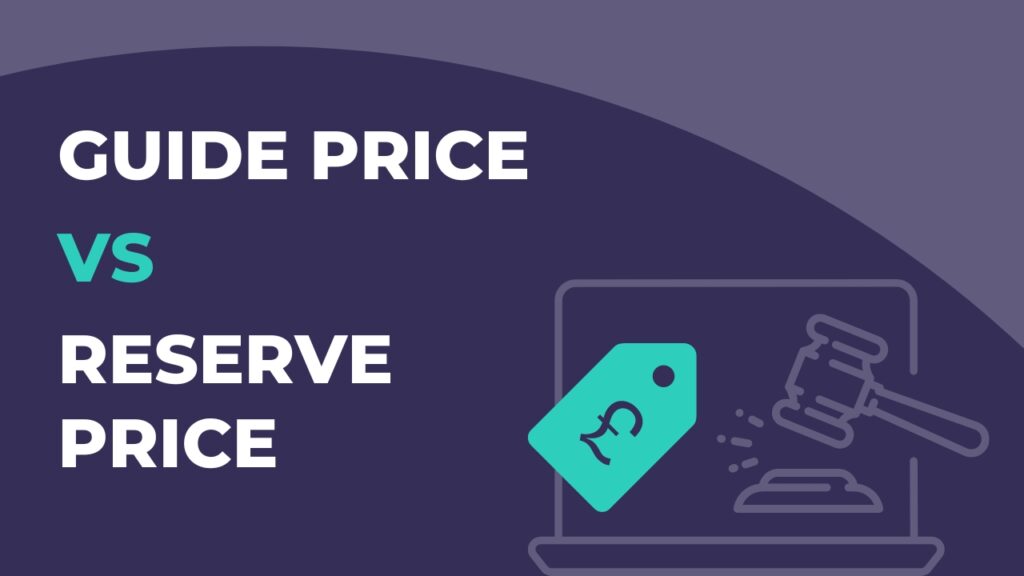There can be some confusion when it comes to the meaning of an auction property guide price against the reserve price so let’s learn what they mean to both a buyer and seller.
A guide price is an indication to the buyer of the property’s worth. This figure can also be a guide for where the bidding may commence on auction day. An attractive guide price will generate immense interest and encourage investors to register to bid, this in turn generates the competitive bidding scenario that we as an auction house and the seller are looking for.
There is no telling if the property will sell for the Guide Price, more or even less. This will depend on the interest levels and the competitive bidding on the day of the auction.
A reserve price, on the other hand, is a figure only disclosed between the seller and the auctioneer. To the buyer, this figure is unknown. This figure represents the minimum price a seller will accept and will enable the property to be sold for. Regardless of where the bidding level reaches on the day of the auction, the property cannot legally be sold for a penny less than the reserve price.
Current guidelines state that reserve prices must be set within 10% of the published guide price. The idea is that by putting a guide price in place, we can give buyers some assistance when working out figures and finances to know how far they are willing to go.
Bear in mind, however, these are guidelines, and not every auction house will follow these.
The true market value of a property is whatever someone is willing to pay for it on the day. You can never undersell at auction.


